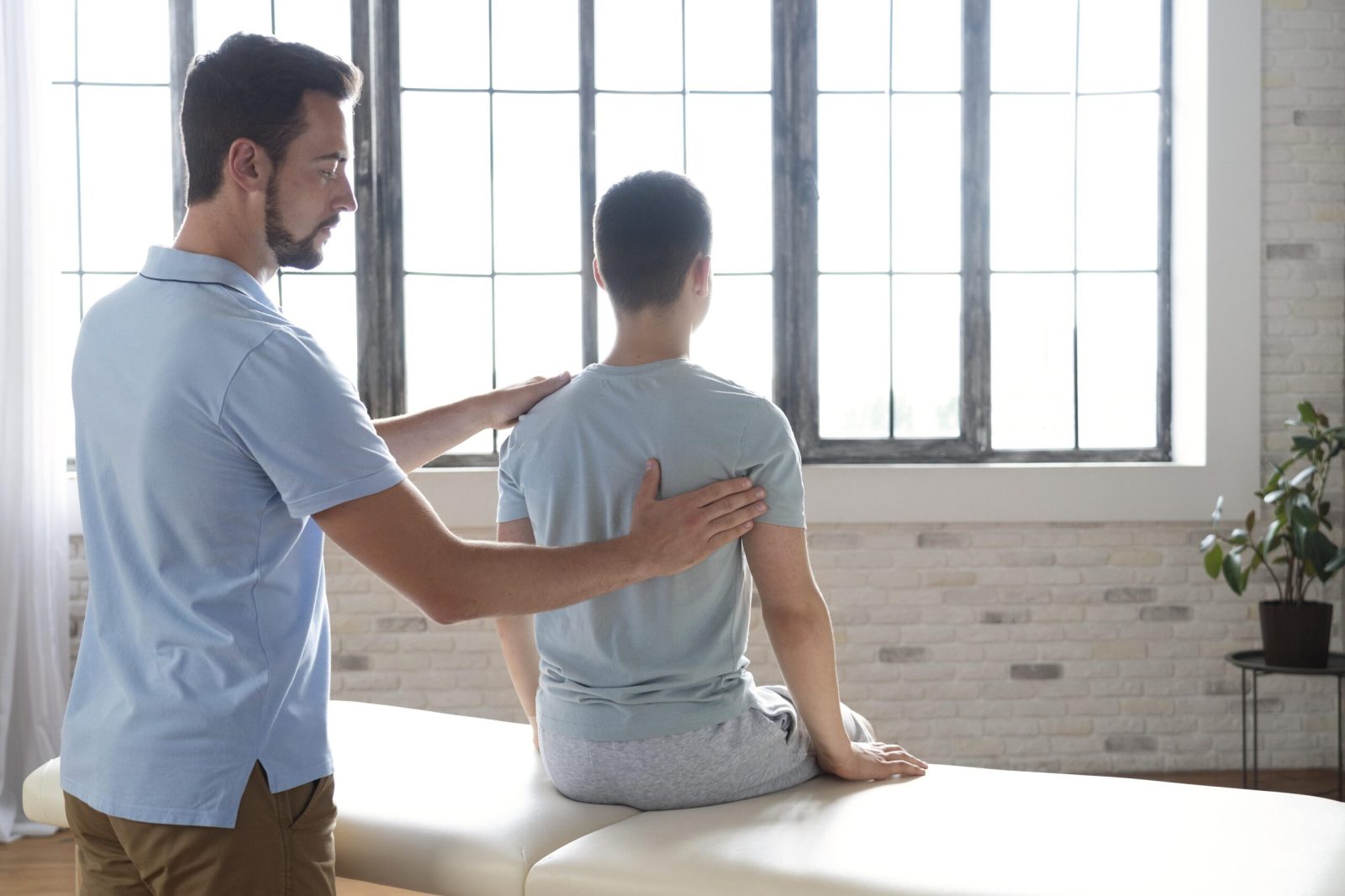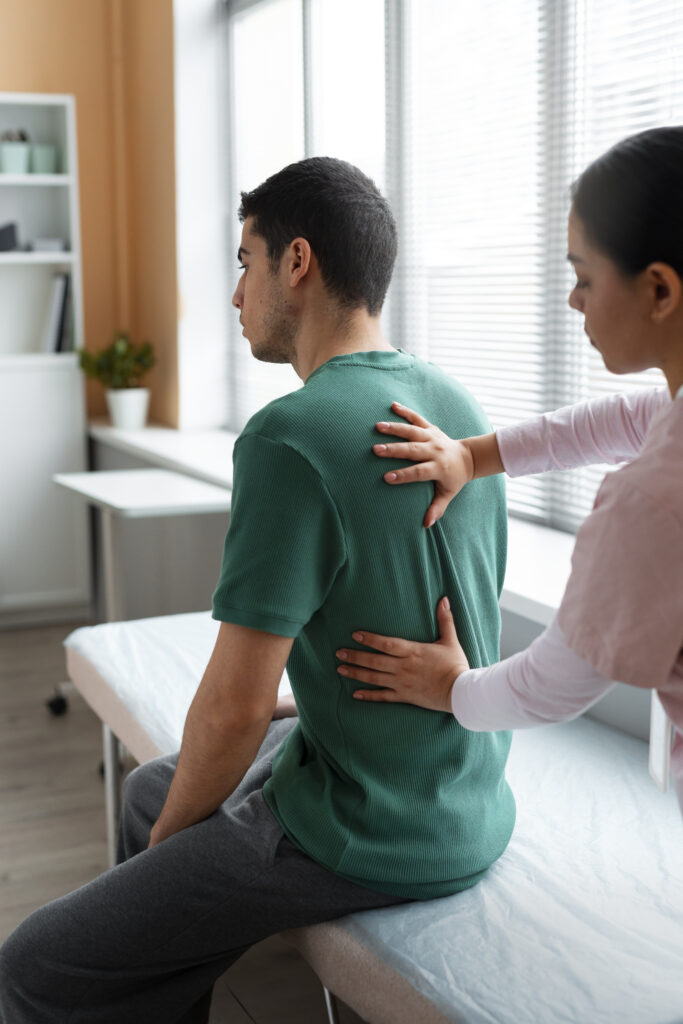Physiotherapy for lower back pain

BOOK AN APPOINTMENT
Introduction
Back pain is a common problem that affects millions of people all over the world, according to statistics which indicated that 80% of adults will experience it at some point in their lives. The discomfort and constraints it creates on daily routines can greatly affect the quality of life. Even though many treatment modalities are available, physiotherapy proves to be a highly effective and holistic approach in managing and alleviating lower back pain. We will explore the role of physiotherapy in tackling lower back pain, with supporting data and knowledge.


Lower Back Pain: An Introduction
Before moving on to the solutions, it is imperative to understand the scope of the problem. Low back pain can have many causes, such as muscular strains, bad posture, injuries, or underlying medical issues. As per Global Burden of Disease Study, the leading cause of disability in the world is low back pain. In addition, it leads to high rates of missed workdays and reduced productivity, which translate to a huge cost burden for individuals and the healthcare systems.
The Role of Physiotherapy
Physiotherapy provides a holistic approach to managing lower back pain that involves mobilizing, regaining function and reducing pain through a customized exercise program, manual therapy, education and lifestyle modifications. Let’s explore the key aspects of how physiotherapy helps alleviate lower back pain
Exercise Therapy: There is sufficient evidence to show that structured exercise programs guided by physiotherapists are useful in pain reduction and functional improvements in persons with lower back pain. These activities usually comprise of stretching, strengthening and stabilization exercises, specific to the individual requirements and capabilities. According to research published in the Journal of Orthopaedic & Sports Physical Therapy, exercise therapy is a successful treatment in decreasing disability and improving quality of life among patients with chronic low back pain.
Manual Therapy: Manual therapy approaches including spinal manipulation and mobilization are some of the frequently used modalities by physiotherapists to relieve pain, improve joint mobility and restore normal function. The Journal of Manipulative and Physiological Therapeutics published a systematic review and meta-analysis that manual therapy together with exercise therapy is more beneficial than exercise therapy alone in the reduction of chronic low back pain.
Education and Self-Management: The physiotherapist occupies an important position in educating the patients on their condition, how to stand and sit in a proper manner, their way of moving in the body and the ergonomic principles to enable them prevent further injury and efficiently manage their symptoms. Enabling patients with self-management techniques enables them to control their condition and reduce the likelihood of recurrence.
Lifestyle Modifications: The components of physical therapy practice alongside exercises and manual therapy are not only assessing factors responsible for lower back pain but addressing them also, including sedentary lifestyle, poor ergonomics and harmful habits. The role of physiotherapy is to enhance physical and mental health by promoting lifestyle modifications such as consistent physical exercise, optimal ergonomics at work, and stress management.

Statistics Supporting Physiotherapy for Lower Back Pain
– A study published in the Annals of Internal Medicine found that patients with severe back pain who received primary physical therapy had significantly lower healthcare costs and fewer opioid prescriptions than those who a they are often looked after.
– According to the American Physical Therapy Association, physical therapy interventions, including physical therapy and manual therapy, are recommended as the first line of treatment for low back pain sabea.
– Research published in the Journal of Orthopedic and Sports Physical Therapy shows that individuals who engage in physical activity soon after the onset of low back pain recover faster and do not take health care do not use much compared to them.
conclusion
Back pain is a prevalent and disabling condition that greatly impacts individual lives and places a significant burden on health care systems. Exercise is emerging as a cornerstone in the management of low back pain, providing evidence-based interventions aimed at reducing pain, improving function, and improving quality of life When exercised -using exercise therapy, exercise, education, and lifestyle assessment, physical therapists empower patients to actively work on their recovery journey Chronic musculoskeletal pain in the relieving back pain and continues to play an important role in maintaining bone health
